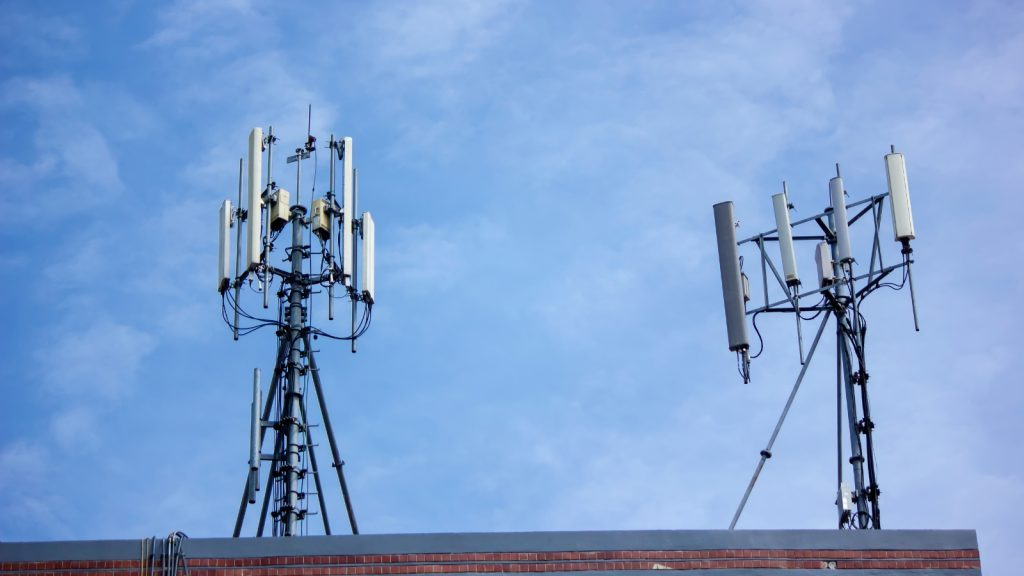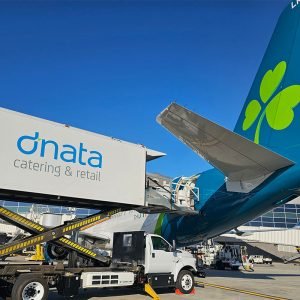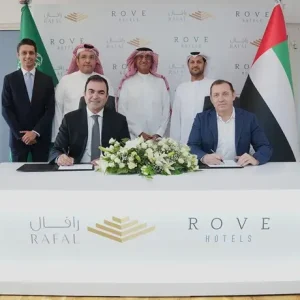The rapid expansion of next-generation telecommunications networks like 5G and the upcoming 6G promises faster connectivity and improved communication worldwide. However, these technological advances also bring potential risks to aviation safety. The International Air Transport Association (IATA) has raised concerns over the possible interference of 5G and 6G networks with critical aircraft systems, particularly radio altimeters, and has urged regulators to implement stronger safeguards.
The Role of Aircraft Safety Systems
Aircraft rely on multiple safety systems to ensure safe operations. Among these, the radio altimeter plays a vital role. It uses radio waves to determine the aircraft’s precise altitude above the ground, which is critical during takeoffs, landings, and low-visibility approaches. The accuracy of these instruments ensures that autopilot systems, collision avoidance mechanisms, and other critical flight systems function correctly.
Any disruption to radio altimeters can compromise flight safety. Incorrect altitude readings could affect automatic flight control systems, terrain warning systems, and landing assistance, which may result in operational risks during crucial phases of flight.

Risks Posed by 5G and 6G Networks
Next-generation networks operate across a wide spectrum of frequencies. Some of these frequencies are near those used by radio altimeters. If not properly managed, this proximity can lead to interference. The global rollout of 5G is already underway, and as 6G technology develops, the risk of interference grows.
While these networks improve communication speed and connectivity, the aviation sector is particularly vulnerable because even minor disturbances in flight instruments can have serious consequences. The challenge is to balance technological progress with safety requirements.

IATA’s Call to Regulators
IATA has urged the International Telecommunication Union (ITU) and national regulators to ensure that critical aircraft systems are protected. The association recommends:
- Conducting thorough testing of network deployments near airports and flight paths
- Establishing clear guidelines for telecom operators to prevent interference
- Collaborating with aviation authorities to assess and mitigate risks
- Implementing protective measures for radio altimeters
The intention is not to slow down network expansion but to ensure that aviation safety remains uncompromised during the rollout of 5G and 6G networks.
Collaboration Between Aviation and Telecom Industries
Addressing potential interference requires close cooperation between aviation authorities, airlines, aircraft manufacturers, and telecommunications companies. A collaborative approach can help identify risks, implement safeguards, and ensure that systems remain reliable.
Measures such as frequency buffer zones around airports, interference-resistant technologies, and strict testing protocols before network launches can significantly reduce risks. Continuous collaboration and communication between both industries are crucial for safe network deployment.
Real-World Implications
The impact of interference with radio altimeters is significant. Potential consequences include:
- Malfunction of autoland systems during low-visibility landings
- Errors in Terrain Awareness and Warning Systems
- Disruption of collision avoidance systems
- Complications in automatic flight control during critical phases
Even minor disruptions can compromise operational safety, delay reactions, and affect pilot decision-making. Protecting these systems is essential to maintain the integrity of flight operations.
Preparing for the Future with 6G
While 5G is currently being deployed, 6G is expected to introduce faster and more complex connectivity. The broader range of frequencies and higher network density will make proactive safety measures even more important.
IATA emphasizes the need to learn from 5G deployment and implement preventive strategies for 6G. Early coordination between regulators, aviation authorities, and telecom providers is crucial to avoid potential safety hazards.

Ensuring Passenger Safety and Confidence
Passenger safety is a top priority for airlines and regulators alike. Maintaining the reliability of aircraft systems is essential to preserving public confidence in air travel. By addressing potential risks from telecom networks, the aviation industry ensures that technological progress does not compromise safety.
Protecting flight systems also reinforces trust in aviation as a safe mode of transport. Passengers can feel confident that even as networks evolve, their safety remains the highest priority.
Recommended Actions for Regulators
IATA has outlined several measures to safeguard aircraft safety systems during the expansion of 5G and 6G networks:
- Implement strict frequency management to avoid overlap with altimeter bands
- Conduct rigorous testing of network deployments near airports
- Maintain ongoing collaboration between aviation authorities and telecom operators
- Develop global standards for interference protection
- Increase awareness among industry stakeholders about potential risks
These steps are essential to ensure safe integration of telecommunications networks and aviation operations.
Conclusion
The growth of 5G and 6G networks is transforming global communication, but it also presents challenges for aviation safety. IATA’s call for stronger safeguards highlights the importance of protecting aircraft safety systems, particularly radio altimeters, from interference.
Through collaboration between regulators, telecom operators, and the aviation industry, it is possible to balance technological innovation with safety. Protecting critical flight systems ensures passenger confidence, maintains operational integrity, and allows aviation to safely coexist with next-generation communication networks.
Aircraft safety is more than technology—it is a commitment to reliability and trust. As 5G and 6G networks expand, proactive measures are vital to keep the skies safe for everyone.
Do follow UAE Stories on Instagram
Read Next – dnata Expands Partnership with Aer Lingus for Modern Inflight Experience














